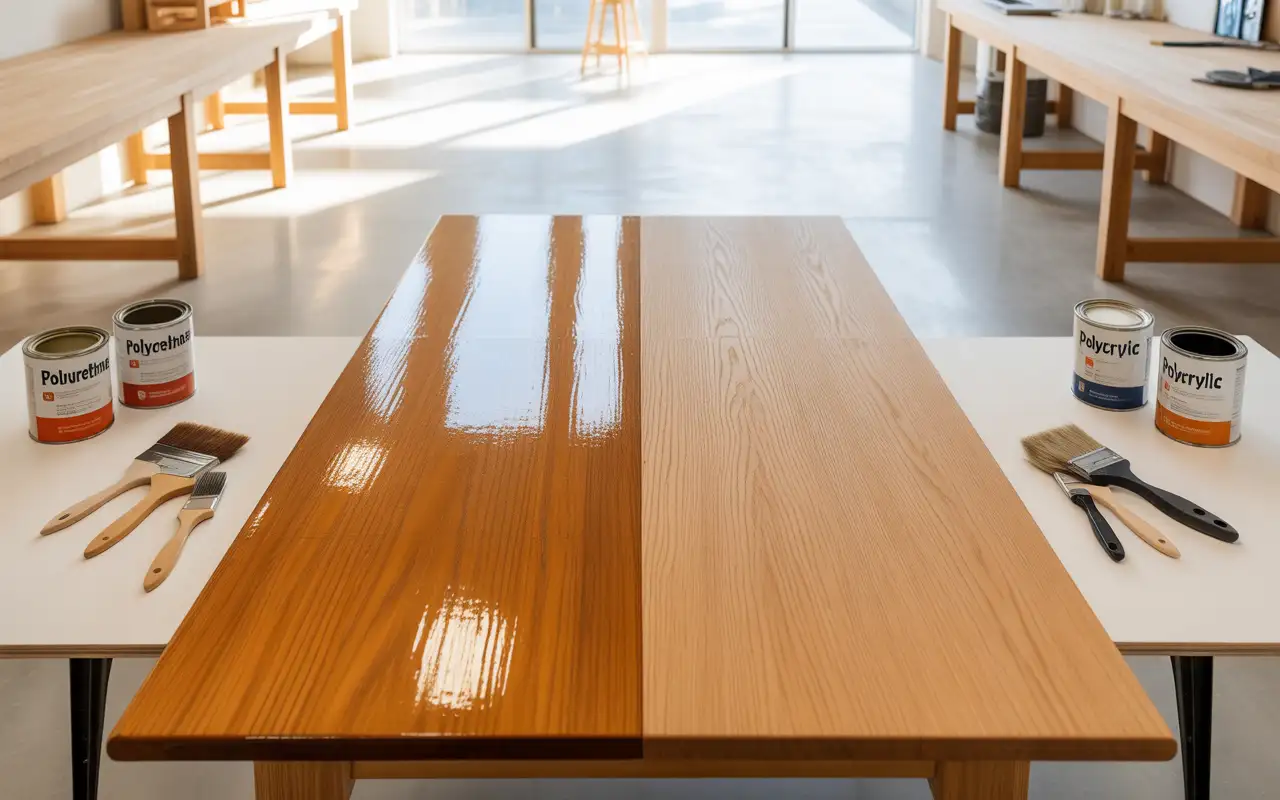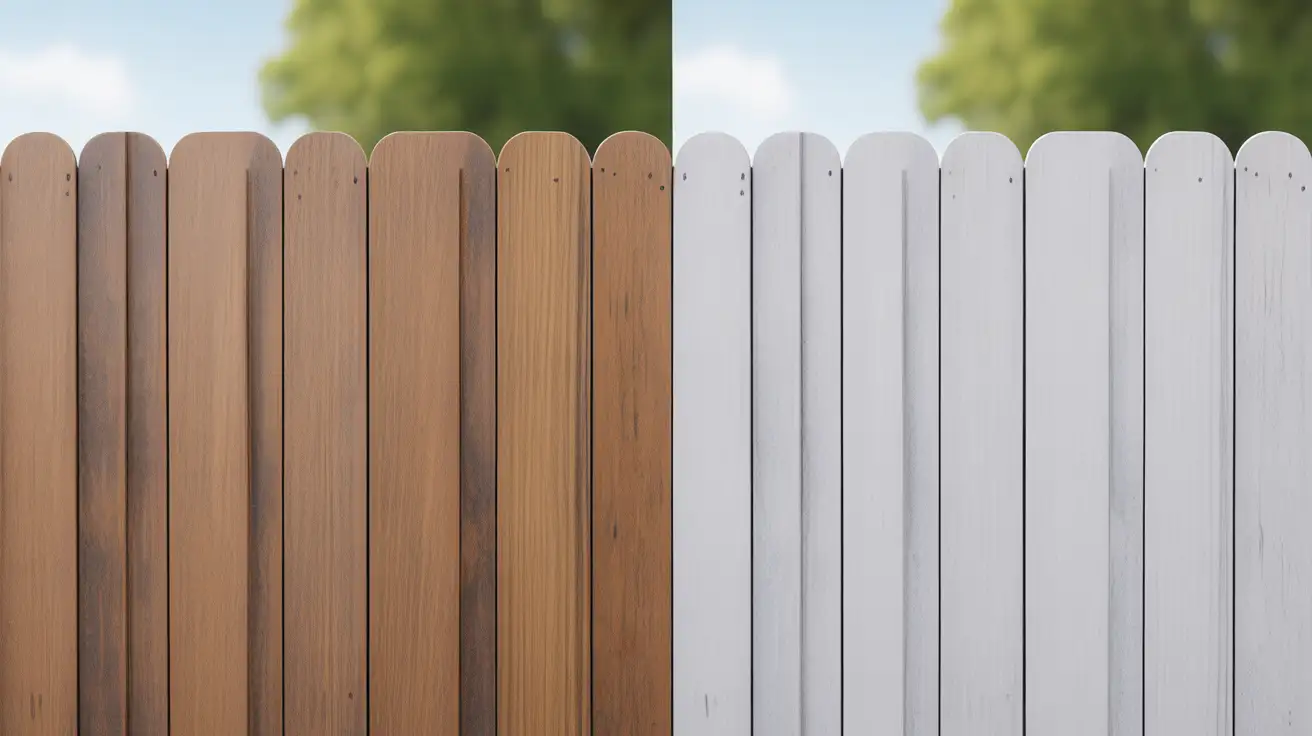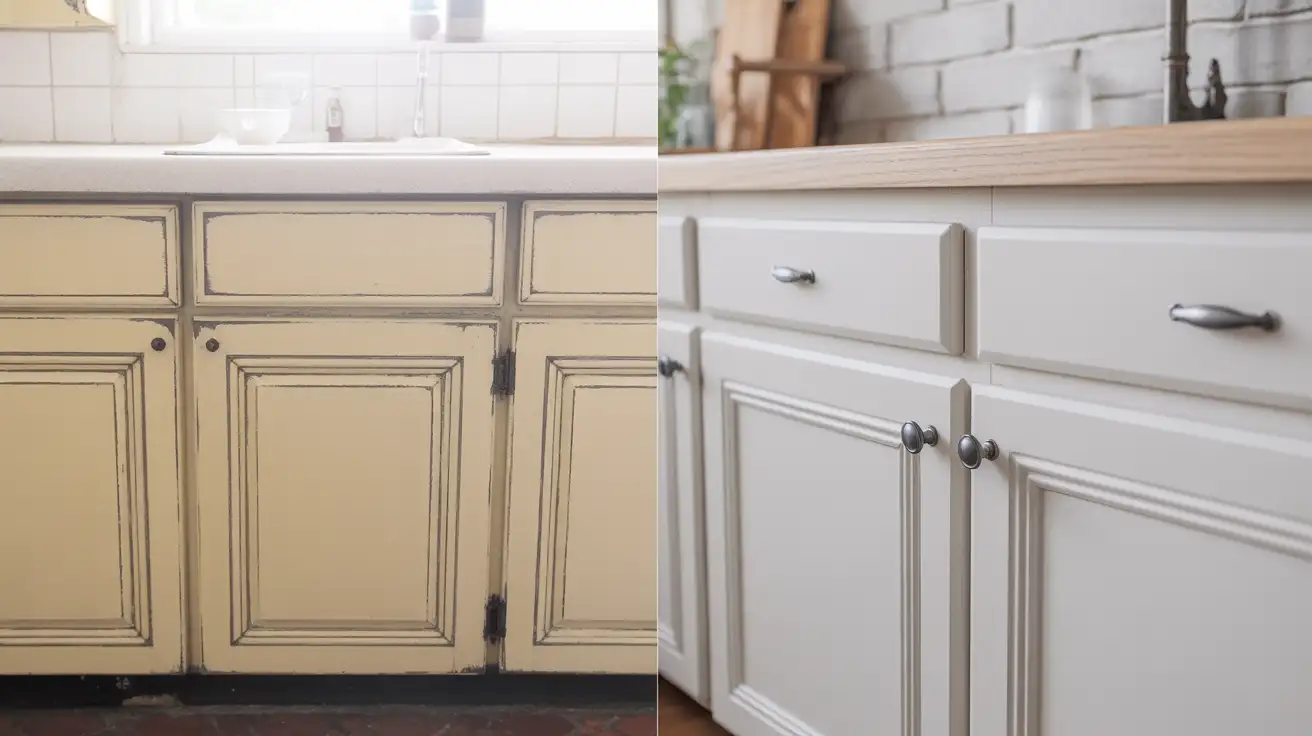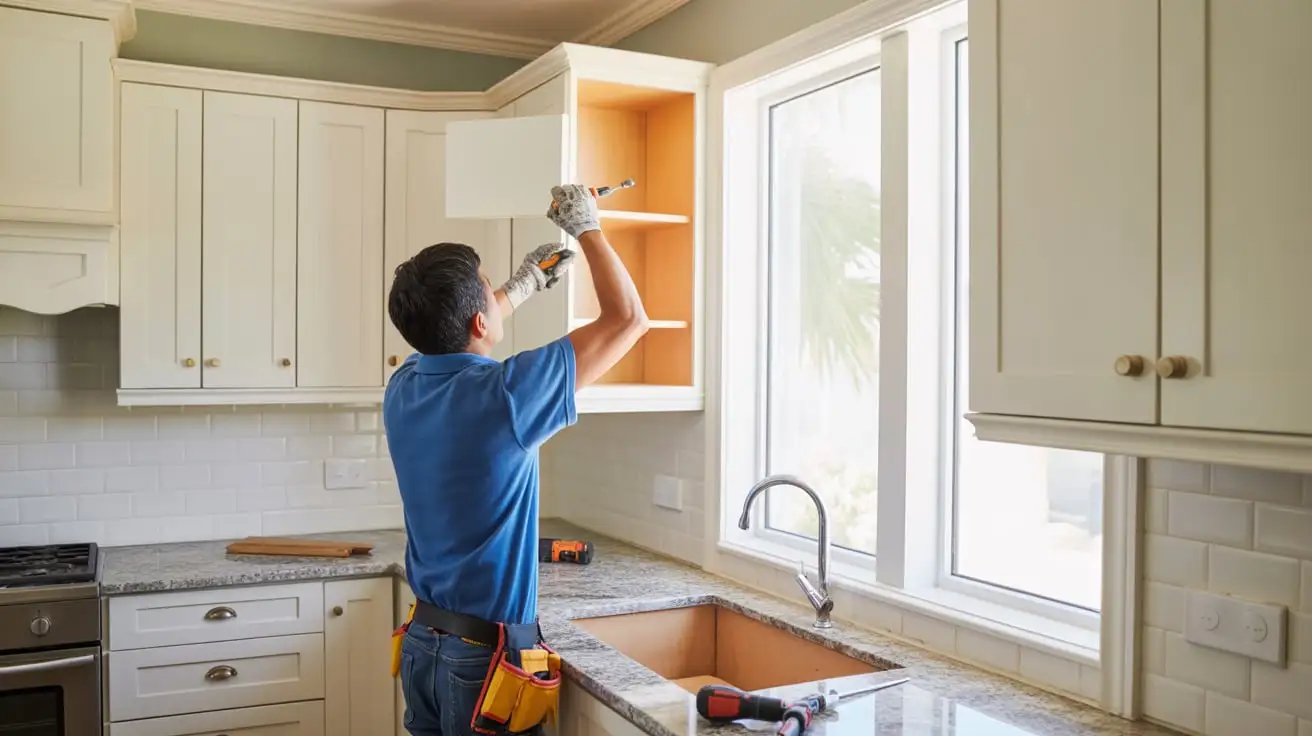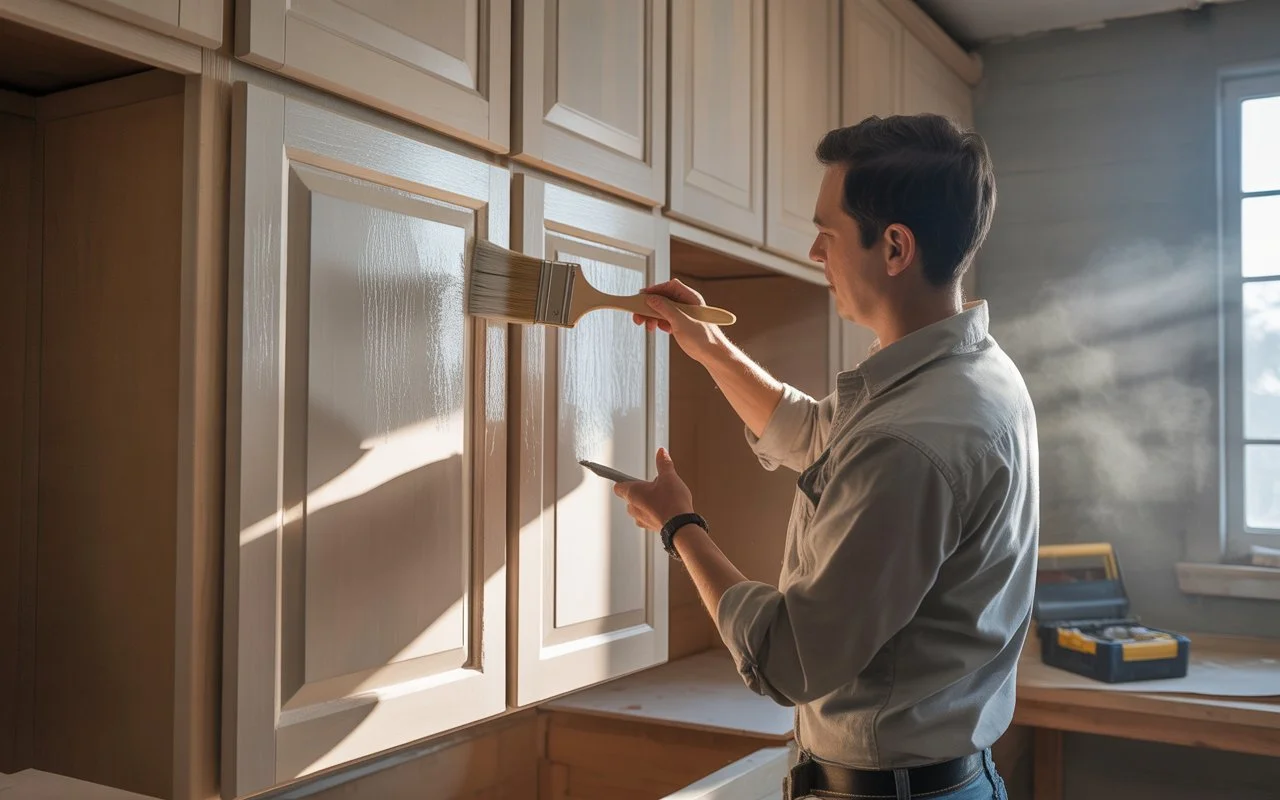Can You Paint Oak Cabinets? Pro Results in 5 Days
When you look at your outdated oak kitchen, the big question isn’t just about the color. It is about whether those deep, swirling wood grains will ruin your new look. If you are asking can you paint oak cabinets, the short answer is yes. You can absolutely turn honey oak into a modern, factory-smooth masterpiece without the high cost of a full remodel. The challenge with oak is its “open-grain” texture. Unlike maple or cherry, oak has deep pores that act like tiny valleys. If you simply slap paint over them, you will see every ridge and crater through the finish. This guide will show you the exact professional steps to hide that grain and prevent the yellow staining known as tannin bleed. Can You Paint Oak Cabinets: Expert Answer You can paint oak cabinets, but they need more work to get ready than cabinets made of other woods. Oak’s visible wood grain and spongy surface make it the hardest to work with. These deep holes hold on to dirt and grease, old finishes, and can even send signals through paint if they are not sealed properly. The grain won’t go away totally, but if you prime the wood properly, it will look less noticeable. It’s better to hide the roughness of oak cabinets with lighter colors, so most people choose to paint them white or gray. It takes three to five days to finish a kitchen, not the weekend that some blogs claim. Why Oak Is Different From Other Cabinet Woods Oak has larger, deeper pores than maple, cherry, or birch. These pores create texture that shows through thin paint layers. The wood also contains tannins that can bleed through primer, causing yellow or brown stains on your fresh paint. This is why repainting oak cabinets demands specific primers rated for tannin blocking. Cabinet doors also move with humidity changes. Oak expands and contracts more than other hardwoods, which means your paint needs flexibility to avoid cracking. Skip the cheap paint, and this becomes a bigger issue within months. Real Cost Breakdown: Paint vs. Replace Here’s what painting oak cupboards actually costs in 2025: DIY Painting Costs: Quality primer: $80-120 per gallon (need 1.5-2 gallons) Cabinet paint: $90-150 per gallon (need 1-1.5 gallons) Sandpaper and supplies: $50-80 Tools (if buying): $150-300 Total DIY cost: $370-650 Professional Painting: Standard kitchen (15-20 cabinet doors): $3,500-6,000 Large kitchen (25+ doors): $6,000-9,000 Includes all labor, materials, and warranty Cabinet Replacement: Stock cabinets: $8,000-15,000 Semi-custom: $15,000-30,000 Custom cabinets: $30,000+ Painting saves 70-85% compared to replacement. Even hiring professionals costs half what new cabinets would. What You’ll Need to Paint Oak Cabinets Essential Materials Cleaning Products: Krud Kutter Original Formula or TSP substitute Naphtha for final solvent wipe Deglosser (Krud Kutter Gloss Off works well) Primers: Water-based, high-solids primers work best for oak. Professional painters use Envirolak 170EPLR or Centurion CW1107 (both around $100/gallon). For DIYers, Zinsser BIN shellac-based primer or Kilz Premium work, though they’re not ideal for the reasons explained later. Paint: Use KCMA-rated cabinet paint, not regular wall paint. Sherwin Williams Urethane Trim Enamel in Satin finish offers good durability. Benjamin Moore Advance is another solid choice. Expect to spend $90-150 per gallon. Fillers: Wood filler for dings and scratches Bondo for larger repairs (dries faster, sands easier) Tools You’ll Need Sanders: Orbital sander for flat surfaces (P80-120 grit) Mouse sander for corners and details (P80-120 grit) Fine sandpaper for between coats (P220-320 grit) Application Tools: Angled brush (2-inch) Foam roller and tray Paint sprayer (optional but recommended for 10+ doors) Other Supplies: Tack cloth (low-tack preferred) Shop towels Screwdriver for removing hardware Containers for screws Dust mask or respirator Safety glasses Gloves How to Paint Oak Cabinets Like a Pro in 9 Steps Step 1: Remove Cabinet Doors and Hardware Take all cabinet doors off their hinges. Keep the screws in labeled bags so you know which door goes where. Remove all knobs, pulls, and hinges from the doors. You don’t need to remove the hinges from the cabinet boxes unless you’re replacing them. Number each door with painter’s tape on the back. This saves confusion during reinstallation. Take photos of your kitchen before starting so you remember the original layout. Step 2: Deep Clean Everything This step makes or breaks your project. Oak’s porous surface traps years of cooking grease, food particles, and cleaning product residue. Use Krud Kutter Original Formula with a green scrub pad or non-woven sanding pad. Clean every surface, paying extra attention to areas near the stove. Make several passes. What looks clean often isn’t. The grooves in shaker-style cabinets hide the most grime. Let doors dry completely, preferably overnight with a fan running. Painting over damp wood causes adhesion failure. After the degreaser dries, do a final wipe with naphtha on a clean cloth. This removes any remaining wax or polish that hides in the wood pores. Work in a ventilated area and wear gloves. Naphtha evaporates quickly, so you can prime within 30 minutes. Step 3: Sand the Existing Finish Use P80 or P120 grit sandpaper with your orbital sander on all flat surfaces. You’re not sanding down to bare wood. You’re scuffing up the existing finish so the primer can grip. The surface should feel rough to the touch when done. Switch to the mouse sander for detailed areas, corners, and routed edges. Sand the cabinet boxes too, even though they’re harder to reach. Any unsanded area risks paint failure later. Vacuum all dust, then wipe everything with a tack cloth. Even small amounts of dust create bumps in your finish. Step 4: Fill Imperfections Carefully Fill dents, scratches, and old hardware holes with wood filler. On oak, use as little filler as possible. Smooth spots stand out on textured wood when light hits the surface. Only fill what needs filling. Let the filler dry completely (check the can for timing). Sand filled areas smooth with P220 grit sandpaper. The filler should sit slightly below the surrounding wood surface to account for


